What does it look like in nature?
We have grown so distant from nature that we no longer know, or even care, about where things come from, or how they look in their original state.
I was curious about these, so I finally looked it up. Can you guess their origins and natural form?
1) Water Chestnuts
2) Sesame Seeds
3) Oats
4) Cashmere: do you know what it is? Is it a process for treating cotton? Does it come from a plant? Does it come from sheep, or a goat, or a cow or other animal? Is it just the name for combing wool very softly?
5) Figs
6) Vanilla
7) Peanuts
Macadamias
9) Horseradish
10) A Head of Lettuce
First visualize whether you really know the above. Then click below (in "More") for the answers.
[Honor System Reward - anyone in the US who guesses 5 or more right gets one free KIND bar - drop a note to dnixon[AT]peaceworks.net with your address and let Donna know Daniel offered this on his blog – offer valid for up to first 500 people who email her and who actually visited this site before May 31 2008; sorry for limitation but last time we offered a free KIND bar we got 16,000 emails]
We tend to put in our mouths "stuff" we call food which consist of a mass of emulsified blab where we cannot distinguish or know what the core ingredients are, or whether they are natural. (This is what prompted us to create KIND). We are living in such an over-processed world, that we don’t know where things come from. OK, so here are the answers:
1) Water Chestnuts
This is what they look like before they are taken out of their shells:
But it’s even cooler to know where they grow! True to its name, the chestnut grows under the water, while the plant floats above.
2) Sesame Seeds
This is how we know them…
before they are taken out of their pods, which open quite easily and frailly…
…and grow on plants that look like these.
If you want to learn more, this site has a wonderful piece on the history of sesame seeds.
3) Oats
4) Cashmere – comes from Cashmere Goats.
5) Figs (I was kind of shocked when my wife and friends born in the US mentioned they never had eaten a fresh fig and only knew figs in their dried form! If you’ve never tried a fresh fig, you are missing out on one of the most delicious fruits).
6) Vanilla
I assume many people are familiar with the vanilla beans above – but do you know where/how vanilla grows? In plants and pods like these:
7) Peanuts
OK, everyone knows the easy part – they come in these shells:
But where do the shells grow? Under the earth grow the peanut pods, while the peanut plant rises above. More interesting info here and here.
![]() Macadamias
Macadamias
9) Horseradish – it’s a real root.
10) A Head of Lettuce
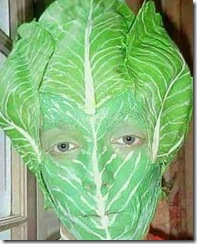 (I saw this on the net and couldn’t resist…
(I saw this on the net and couldn’t resist… ![]() )
)
related posts
No related posts.
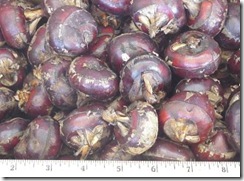
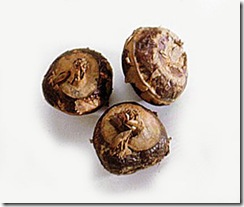
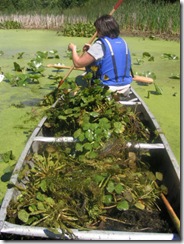
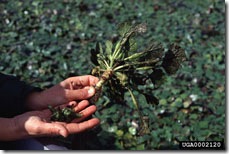
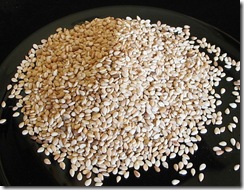
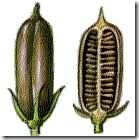

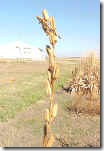
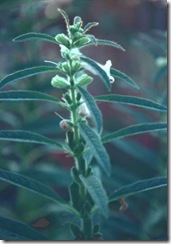
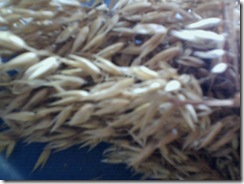
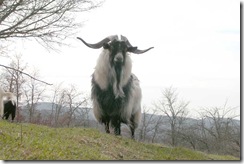
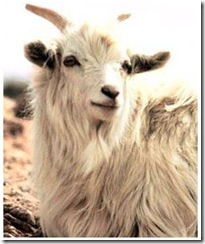
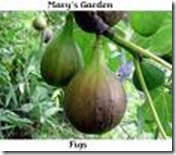
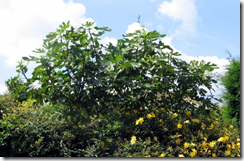
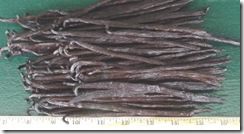
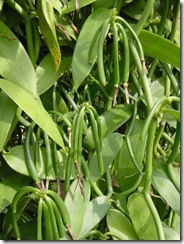
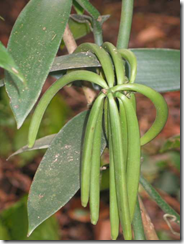
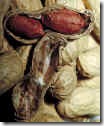
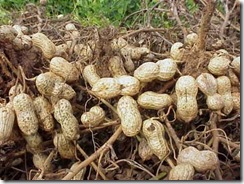
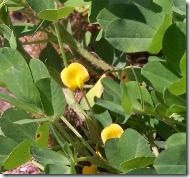
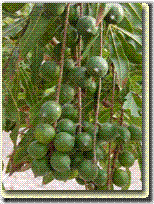
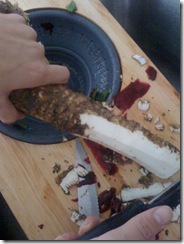
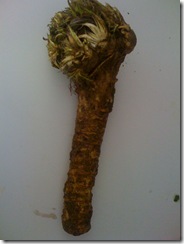
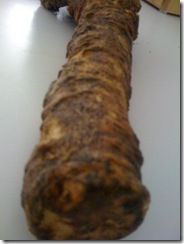













comments
honey, c , lots of plants I’ve never ever seen…haha
[...] that a soap could contain "cashmere extract" because a while back I had wondered what "cashmere" really was. Most consumers just know Cashmere sweaters as exceptionally soft but don’t know where [...]
Thanks, we were wondering what oats were – what they looked like and where they came from.
So informative….. it’s depressing that many of us in this generation don’t know where our foods come from.
[...] benefit is that you can learn how things look like in nature! I’ve written before about how most of us have been so disconnected from the growing process that we no longer know what things loo…, or where they come from. {You can take this quiz to see if you can answer where things come [...]
post a new comment